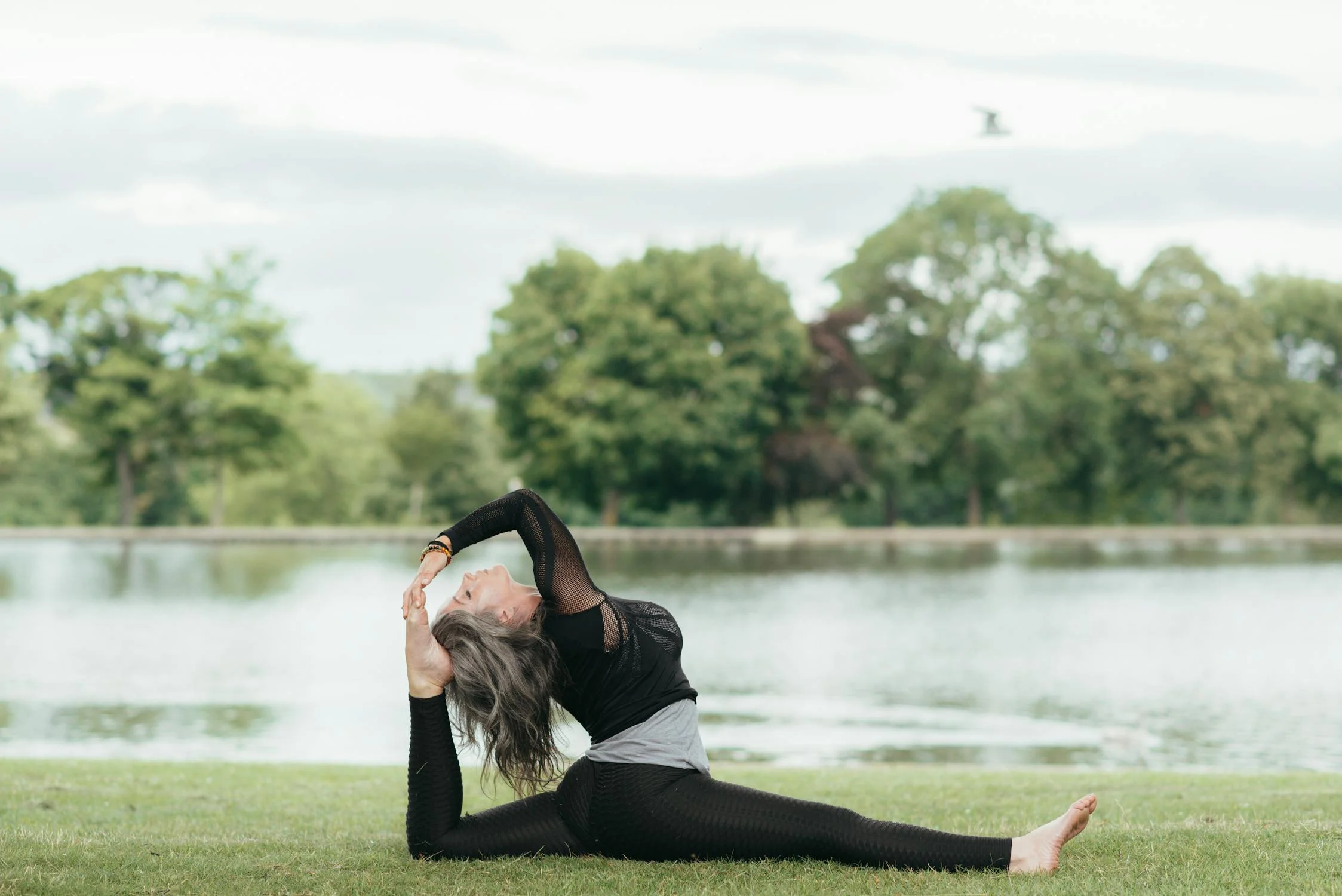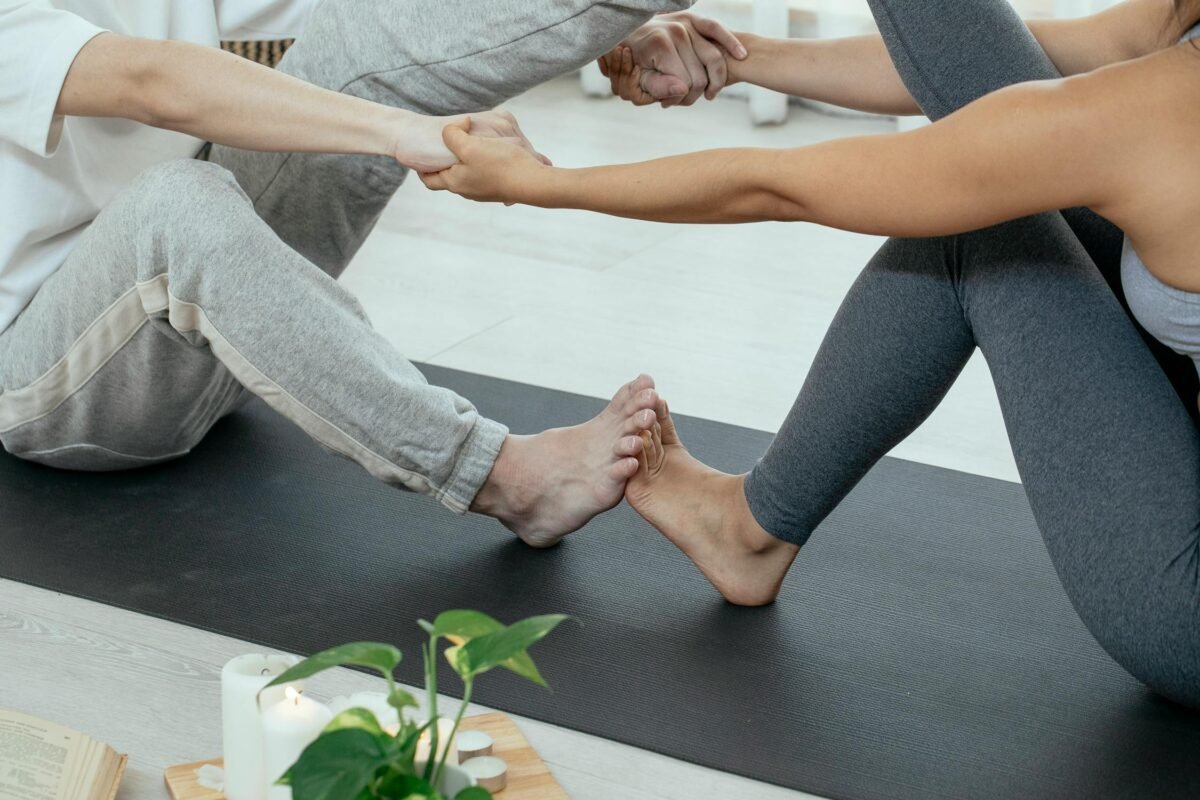Blog
How Genetics Influence Your Ability to Loosen Tight Hamstrings

Tight hamstrings are a common issue, often linked to limited flexibility, poor posture, or insufficient physical activity. However, genetic factors can also influence your ability to loosen tight hamstrings. This article explores the connection between genetics and hamstring flexibility, factors contributing to tightness, and strategies based on genetic insights to improve flexibility.
The Role of Genetics in Flexibility
Genetics set the foundation for your body’s natural ability to stretch and adapt. Understanding these genetic influences is the first step in addressing tight hamstrings effectively and learning how to loosen tight hamstrings.
Muscle flexibility depends on a range of factors, including the length of muscle fibers, tendon elasticity, and joint structure—all of which have a genetic component.
Specific genes influence how muscles and connective tissues respond to stretching.
For example, variations in the COL5A1 gene are associated with connective tissue flexibility and can impact the range of motion in muscles like the hamstrings.
The Impact of Collagen and Connective Tissues

Collagen is a protein that structures muscles, tendons, and ligaments. Genetic differences in collagen production and structure can affect how easily these tissues stretch. Individuals with less elastic collagen may find it harder to loosen tight hamstrings, even with regular stretching routines.
Why Tight Hamstrings Occur

Tight hamstrings are not solely influenced by genetics; environmental and lifestyle factors also play an essential role. Let’s explore the common causes of hamstring tightness in more detail.
Lifestyle and Physical Activity
Prolonged sitting, lack of regular stretching, and improper posture can lead to shortened and tight hamstring muscles.
Biomechanical Factors
The alignment of your pelvis and spine, influenced in part by genetic factors, can affect hamstring tension. For instance, a forward-tilted pelvis often places extra strain on the hamstrings, making them feel tight.
Genetic Predispositions to Muscle Stiffness
Certain individuals may inherit traits that predispose them to muscle stiffness. These traits can make it more challenging to achieve flexibility, even with consistent stretching and physical therapy.
Improving Hamstring Flexibility: A Genetic Perspective

While genetics might set some limitations, targeted strategies can help improve flexibility over time. A genetic approach to flexibility considers both your body’s natural tendencies and actionable steps to overcome tightness.
Personalized Stretching Routines
Understanding your genetic makeup can guide the development of a personalized flexibility plan. Individuals with genetic predispositions to tight hamstrings may benefit from longer and more frequent stretching sessions. Static stretches, dynamic stretches, and yoga can all be tailored to accommodate genetic factors.
Strengthening Supporting Muscles
Improving the flexibility of your hamstrings often requires strengthening other muscle groups, such as the glutes and lower back. Genetics can influence the effectiveness of specific exercises, so it’s important to monitor progress and adjust your routine as needed.
The Influence of Genetics on Stretching Techniques

Stretching is a widely used method to loosen tight hamstrings, but your genetic traits may determine how well these techniques work for you. Let’s examine the nuances of stretching and its genetic impact.
Responsiveness to Stretching
Genetic factors can determine how quickly your hamstrings respond to stretching exercises. Some individuals may experience significant improvements with minimal effort, while others may need to commit to longer and more intensive routines to see results. Variations in genes affecting muscle recovery and elasticity, such as ACTN3, can influence this responsiveness.
The Role of Neuromuscular Connections

Flexibility is not just about muscles and connective tissues; the nervous system also plays a role. Genetic differences in neuromuscular control can affect your ability to relax and lengthen tight hamstrings during stretching. Techniques like proprioceptive neuromuscular facilitation (PNF) stretching may be particularly effective for individuals with genetic traits that limit flexibility.
Strategies to Address Tight Hamstrings
A multifaceted approach can help manage tight hamstrings effectively, especially if genetic factors are involved. The following strategies can be customized to suit your individual needs.
- Dynamic stretches, such as leg swings and walking lunges, are effective for warming up the hamstrings before exercise.
- Individuals with genetically tighter hamstrings may benefit from extended warm-up sessions to prepare the muscles for activity and reduce stiffness.
Static stretches, like seated forward bends and standing hamstring stretches, are essential for improving flexibility over time. Holding these stretches for longer durations can benefit those with less elastic connective tissues due to genetics. Aim for 30–60 seconds per stretch to maximize effectiveness.
Foam rolling can help release tension in the hamstrings and surrounding muscles.
Myofascial release techniques improve blood flow and reduce tightness, making it easier to loosen hamstrings.
These methods are particularly helpful for individuals with genetic predispositions to muscle stiffness.
Long-Term Flexibility Maintenance

Achieving hamstring flexibility is a journey, not a quick fix. Maintaining progress requires consistent effort and attention to your body’s unique needs.
If tight hamstrings persist despite your best efforts, seeking professional advice can help you address the issue more effectively.
For those struggling with tight hamstrings despite regular effort, a physical therapist can provide personalized guidance. They can assess your biomechanics, identify genetic or structural challenges, and design a tailored program to improve flexibility.
Conclusion
The ability to loosen tight hamstrings is influenced by a combination of genetics, lifestyle, and physical activity. Genetic factors affect muscle elasticity, collagen structure, and neuromuscular control, all of which play a role in flexibility.
By understanding these influences, individuals can develop personalized strategies to improve hamstring flexibility and address tightness effectively. Consistent practice, targeted exercises, and professional guidance can help overcome genetic challenges, promoting long-term flexibility and overall well-being.
